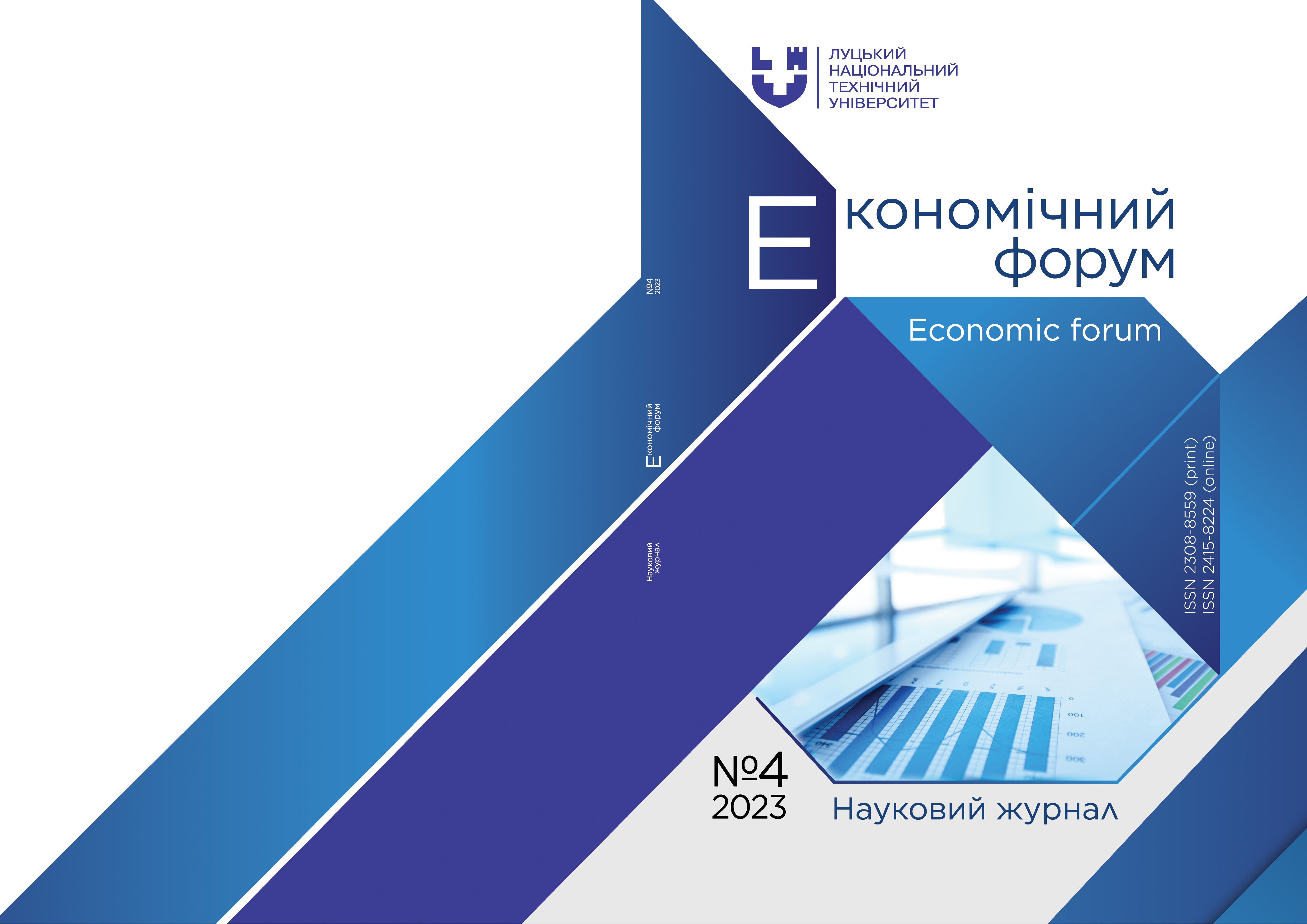METHODS AND MODELS FOR VALUATION OF R&D RESULTS: ADVANTAGES AND LIMITATIONS
Abstract
The article summarises the issues of justification and selection of methods for assessing the value of scientific and technical work (STW) results in the process of their commercialisation by universities in the business environment. The main purpose of the study is to analyse the existing methods of valuation of the results of scientific and technical works as intellectual property objects and to group them to present characteristics for practical use. Assessing the value of R&D results is one of the fundamental tasks of its effective commercialisation. A qualitative and objective assessment should be considered as the first and decisive stage in the process of forming an agreement on the transfer of R&D results. The urgency of solving this scientific problem lies in the fact that determining a "fair" price should become not only a source of compensation for the authors' efforts, but also a factor in the successful innovative development of universities. The study of the problem is carried out in the following logical sequence: first, the methods and models for determining the value of R&D results are analysed, and then a comparative analysis of the advantages and limitations of their use for different types of R&D results and innovations is carried out, respectively. The methodological tools used in the study were: systematic approach, methods of analysis and synthesis, historical, logical generalisation, comparison, etc. The object of the study is the methodological and methodological approaches to assessing the value of the results of scientific and technological development, and the subject is the justification for choosing the optimal method for the established assessment goals. The study systematises models for assessing the value of the results of scientific and technological research. These are: asset-based models; models based on cost analysis; models based on competitive analysis; models based on income analysis; models based on value analysis. The study confirms and theoretically proves that the model that will not be limited to the unambiguous determination of the value of the R&D results, but will provide at least a two-level assessment of the value (minimum and maximum value), which would allow to determine the level of commercial potential of the R&D results. Such an approach would enable the university and the consumer of the results of the R&D to develop and implement measures to improve the state of affairs with this R&D, bringing its value assessment closer to the desired value. The results of the study may be useful for researchers, entrepreneurs, civil servants, university professors, graduate students, specialists of technology transfer centres or similar units of universities, auditors, technology assessors, managers of various institutional levels.
Downloads
References
2. European IP Helpdesk. (2023, April). Intellectual Property Valuation. [PDF File]. intellectual property valuation-EA0323335ENN.pdf
3. Valentiam. (2023). Intellectual property valuation: What you need to know. Retrieved from https://www.valentiam.com
4. World Intellectual Property Organisation. (2023). Module 11: IP Valuation. Retrieved from https://www.wipo.int/sme/documents/pdf
5. Compagnucci, L., & Spigarelli, F. (2020). The Third Mission of the university: A systematic literature review on potentials and constraints. Technological Forecasting and Social Change, 161, 120284.
6. Mian, S. H., Salah, B., Ameen, W., Moiduddin, K., & Alkhalefah, H. (2020). Adapting universities for sustainability education in industry 4.0: Channel of challenges and opportunities. Sustainability, 12(15), 6100.
7. Perkmann, M., Tartari, V., McKelvey, M., Autio, E., Broström, A., D’Este, P., et al. (2013). Academic engagement and commercialization: A review of the literature on university–industry relations. Research Policy, 42(2), 423–442. https://doi.org/10.1016/j.respol.2012.09.007.
8. Schaeffer, V., Öcalan-Özel, S., & Pénin, J. (2018). The complementarities between formal and informal channels of university–industry knowledge transfer: A longitudinal approach. Journal of Technology Transfer. https://doi.org/10.1007/s10961-018-9674-4.
9. Huggins, R., Prokop, D., & Thompson, P. (2020). Universities and open innovation: The determinants of network centrality. The Journal of Technology Transfer, 45, 718-757.
10. Tseng, F. C., Huang, M. H., & Chen, D. Z. (2020). Factors of university–industry collaboration affecting university innovation performance. The Journal of Technology Transfer, 45, 560-577.
11. Xie, X., & Wang, H. (2020). How can open innovation ecosystem modes push product innovation forward? An fsQCA analysis. Journal of Business Research, 108, 29-41.
12. Kumar, S., Pandey, N., Lim, W. M., Chatterjee, A. N., & Pandey, N. (2021). What do we know about transfer pricing? Insights from bibliometric analysis. Journal of Business Research, 134, 275-287.
13. Brignall, T. J., et al. (1991). Product costing in service organizations. Management Accounting Research.
14. Lisovska, L., Chukhray, N., Shakhovska, N., Mrykhina, O., & Bublyk, M. (2019). Methodical approach to assessing the readiness level of technologies for the transfer. In: Advances in Intelligent Systems and Computing IV. / N.Shakhovska, M.Medykovskyy, (eds.). Springer Nature Switzerland AG, Cham, Switzerland. 259-282.
15. Lisovska, L., Mrykhina, O., Dzyubyk, A., Terebukh, А. (2020). Competitive pricing model for R&D products transfer. In Intelligent computer-integrated information technology in project and program management: Collective monograph, edited by I.Linde, I. Chumachenko, V.Timofeyev: ISMA, 324 p.
16. Parasuraman, A. (2000). Technology Readiness Index (Tri): A Multiple-Item Scale to Measure Readiness to Embrace New Technologies. Journal of Service Research, 2(4), 307–320.
17. NASA. (2017). Technology Readiness Level. Retrieved from https://www.nasa.gov/directorates/heo/scan/engineering/technology/txt_accordion1.html
Copyright (c) 2024 Лісовська Лідія

This work is licensed under a Creative Commons Attribution-NonCommercial 4.0 International License.


1.png)








